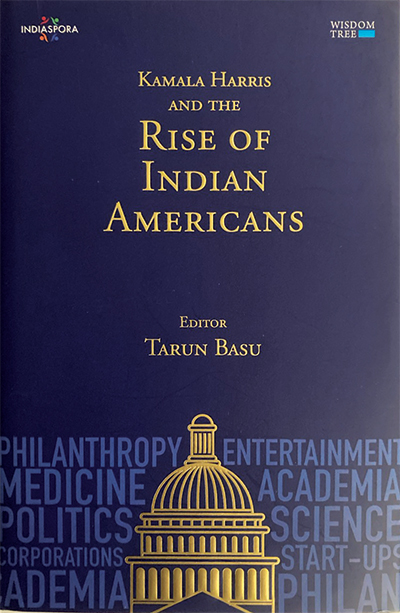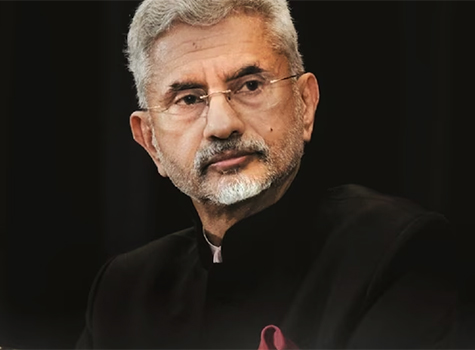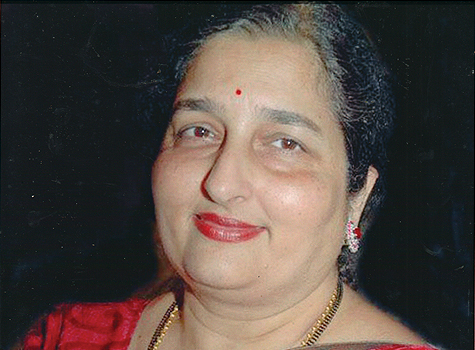I cherish my dual being. I’m a proud American who is proud of his Indian heritage. This combination has helped mark my place in the world. Indian Americans for decades have embedded in the American ethos, culture, and mainstream while preserving their cultural markers – language, food, art, philosophy.
Indians have migrated to America for over a century, but the numbers began increasing in late 1960s and early 1970s. According to the 2020 Census, there are about 4.3 million Indian Americans in the United States.
The progress of Indian Diaspora, Indians who have migrated around the world, is evident, and this is especially true for the community’s progress in the United States. Indian Americans have worked to become the most successful immigrant community of the last several decades.
The immigrant experience, no matter from what part of the world, becomes the continuing American experiment. This is the real story of America.
Our family story could be written in volumes as can be of many immigrant families. These stories pave the roads of immigrants leading to progress and prosperity via hard work, perseverance, and sacrifice.
The anthology, Kamala Harris and the Rise of Indian Americans (Wisdom Tree Books), is a timely collection of essays about the achievements of Indian Americans in all walks of American life. Kamala Harris rising to be Vice President of the United States is an obvious entry point into this conversation.
I can see my family members’ stories in many of the essays. Arriving with little, my parents helped build the foundation for other family members to later migrate here and redirect their lives. Many Indians have arrived on American shores and set up small shops, bought small motels and businesses, studied, and ventured into all facets of American life.

The nonprofit IndiaSpora has worked to organize this informative collection of essays. Veteran journalist Tarun Basu is the editor of this anthology where he edits essays written by varied folks, including Aziz Haniffa, Shashi Tharoor, Ajay Ghosh, and Laxmi Parthasarathy.
The book has 16 essays written by influential and renowned Indians and Indian Americans. The essays cover everything from politics of the past few decades to Kamala Harris and the Biden administration, entrepreneurship and building businesses to technology, medicine to hospitality, science, academia and arts and entertainment, philanthropy to social and political activism. The role of women is also emphasized while writers from varied sectors talk about their own paths to success and offer their perspectives on the community’s progress through the decades.
Influential organizations such as AAPI (American Association of Physicians of Indian Origin) and AAHOA (Asian American Hotel Owners Association) are also covered in detail. Their humble beginning, just like many Indian immigrants, has grown into two highly respected and influential organizations in America.
In the world of film and Television, an essay talks about how Indian American actors have evolved “from stereotypes to household names.” The path breaking works of M Night Shyamalan to Mindy Kaling, among others, are explored.
This book is part of the larger narrative of the Indian American experience and the community’s continuing progress into helping write and evolve America’s history, its forward stroll further into the 21st Century.
Shashi Tharoor is among the essayists writing broadly about the India Diaspora with a brief, historical backdrop.
Journalist Aziz Haniffa, one of the most well-known names in the South Asian communities via the newspaper India Abroad, wrote the prologue and intro.
Tarun Basu, the anthology’s editor, wrote the chapter “From Struggling Immigrants to Political Influencers: How a Community Came of Age.”
He writes about, “A fascinating and inspiring story of how an immigrant population from a developing country, with low education levels, became the most educated, highest-earning ethnic community in the world’s most advanced nation in almost a single generation.”
MR Rangaswami, Founder of Indiaspora, who is an entrepreneur, investor, and community builder, wrote the chapter, “An Accidental Capitalist: How Indian-Americans Made Their Mark in Silicon Valley.”
All the essays are instructive, concise and catalog the continuing story of Indian Americans and their lives and progress in the United States. Most Indian Americans will recognize similarities in their own family’s stories, whichever fields or endeavors they have pursued.
For more details about the book and work of Indian Americans, visit riseofindianamericans.com.
———-
Samir Shukla is the editor of Saathee magazine. Contact – Samir@saathee.com



